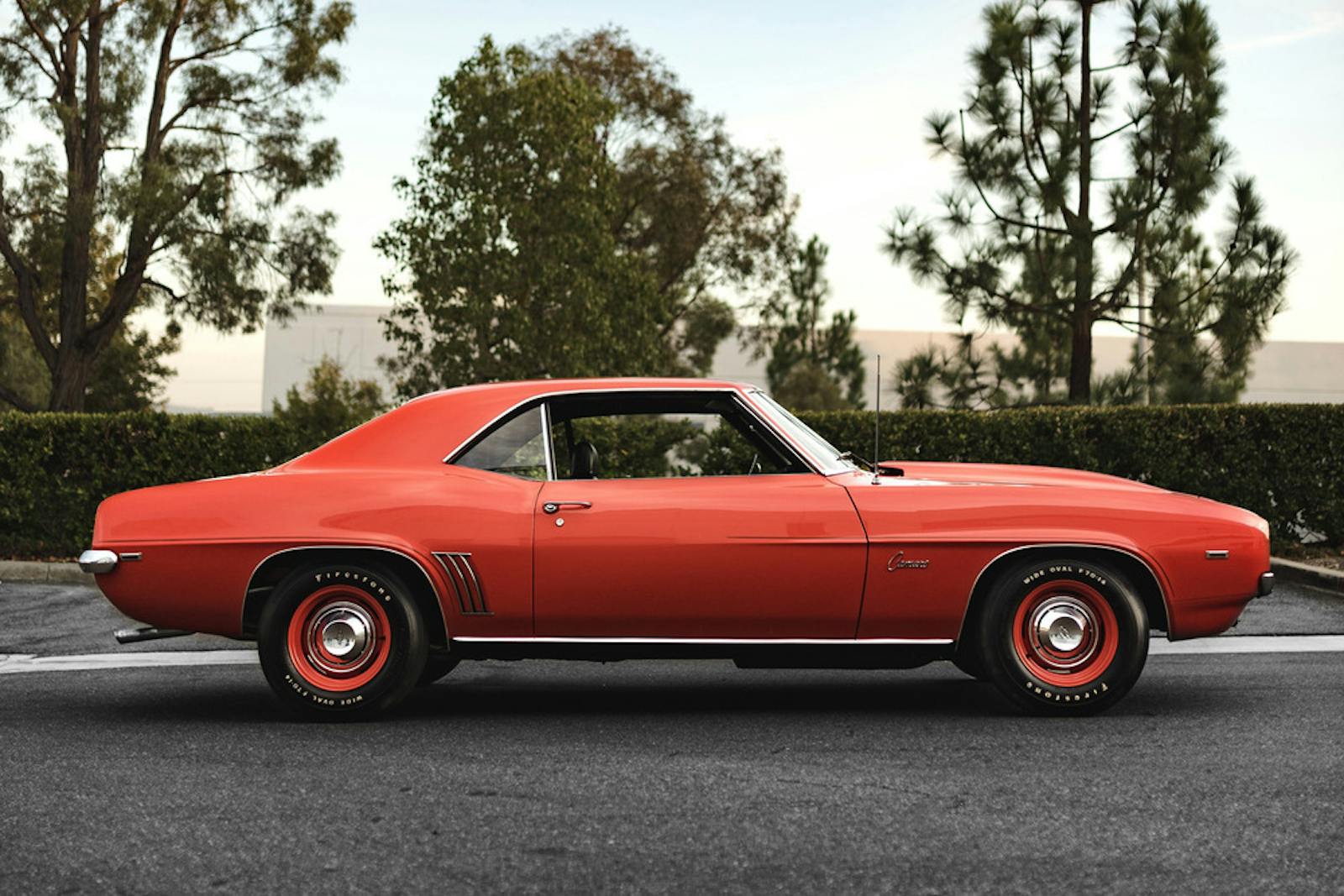Carini: Great museums fit our favorite vehicles amid larger history
Museums of all kinds have been one of my passions since I was a kid. The best ones will educate you, enlighten you, and make you think long after you’ve left them. Lately, I’ve had the opportunity to visit three of the greatest auto museums in the country—Stahls Automotive Foundation in Chesterfield, Michigan, the Lane Motor Museum in Nashville, Tennessee, and The Henry Ford in Dearborn, Michigan. These three places couldn’t be more different, but each is fantastic and challenges you to consider the automobile and its place in our lives.
Stahls Automotive Foundation
An hour’s drive north of Detroit, you’ll find this gem founded by local businessman and enthusiast Ted Stahl. Visitors come expecting to see cars—approximately 80 vehicles are on display at any given time, from an 1860s stagecoach to a 1963 Chrysler Turbine Car—but the museum also has some amazing instruments and music machines, like a Wurlitzer theater pipe organ, a 125-key Gaudin dance organ from the 1920s, and a selection of jukeboxes from the 1930s and ’40s. The cars are placed chronologically to help show their development and how they changed with time, and the key is that every car in the building has a story behind it. Those stories are all important, because they help to explain how the vehicles fit into our larger history.
Lane Motor Museum
This Nashville treasure chest is packed with all kinds of unusual and wonderful cars, most of which you’ve never before seen or heard of. The collection changes constantly, and founder Jeff Lane uses many of the vehicles for tours, events, and even demonstration days. And these unusual machines are driven, whether simply for magazine testing or on thousand-mile trips. During my visit, I had the rare opportunity to drive the two-wheel 1967 Gyro-X, becoming just the third person to do so, after restorer Michael Huby and Jeff Lane. It is as weird as you’d imagine a gyroscopically stabilized one-off would be. In addition to the many fascinating cars displayed on the main floor, you’ll also find the museum’s in-house restoration facility. It isn’t open to the public, but a large window allows visitors to see the projects in progress. The museum’s basement houses the overflow of vehicles that makes it possible to constantly change exhibits and keep the place fresh.
The Henry Ford
I started going to The Henry Ford with my father when I was growing up in the 1950s. Most years we’d drive from Connecticut to Dearborn for the annual Model A meet. Since then, I’ve gone as often as I can. Over time, the museum has grown, and like any great museum, it is constantly changing. Established in 1929, The Henry Ford showcases so much more than cars, although Driving America is one of the current exhibits, as is With Liberty and Justice for All, which looks at the roads America has taken in the name of freedom and includes the bus upon which civil rights heroine Rosa Parks changed American history. Other exhibits celebrate American industry and innovation, personified by a massive steam locomotive, plus a variety of fascinating industrial machinery.
These three museums differ in many ways, but they all share their educational values. Crucially, each has been established as a foundation, so they’ll survive long after their founders are no longer around.
There are so many more fantastic car museums across the country—hundreds of them—including Philadelphia’s Simeone Foundation Museum, the Petersen Automotive Museum in Los Angeles, and the Mullin Automotive Museum in Oxnard, California. Even if you haven’t been a museum-goer in the past, if you love cars and the way they have shaped our history, you won’t want to miss out on the good things a great museum has to offer.


